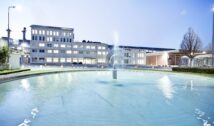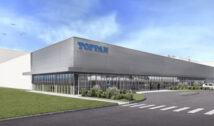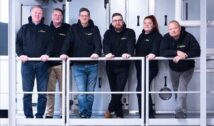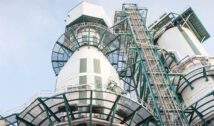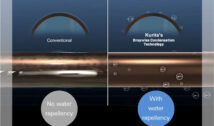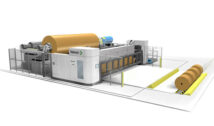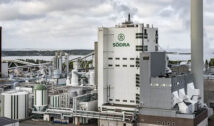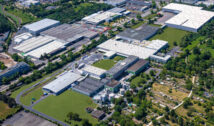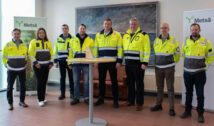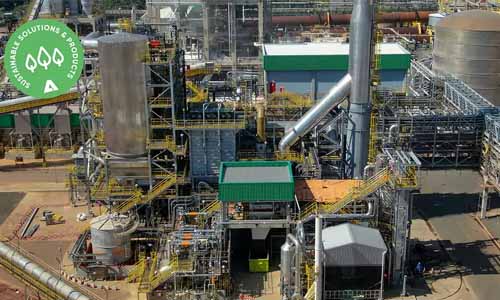
Klabin has successfully started up a sulfuric acid plant supplied by ANDRITZ at its Ortigueira/PR plant in Brazil. The plant is a world first and has the capacity to produce 150 tons of commercial-grade sulfuric acid per day from concentrated odorous gases and elemental sulfur. It serves the pulp lines at Klabin’s Puma Unit and makes the site completely self-sufficient in sulfuric acid by recycling sulfur from the waste streams.
The sulfuric acid plant helps Klabin to control the sodium and sulfur (Na/S) balance and also the sulfidity of the mill. In addition, less sulfate will now be discharged due to the optimized Na/S balance, hence improving the efficiency of input use at the Ortigueira plant. Furthermore, there is no need in future to transport hazardous inputs such as sulfuric acid to the plant and the unit also optimizes resources overall, with a large reduction in transportation volume. As the sulfuric acid plant meets stringent air emission limits, the process significantly improves the overall footprint of the Ortigueira mill.
Klabin’s Director of Projects and Engineering, João Antônio Braga, says “Operation of the sulfuric acid plant at the Puma Unit, Ortigueira, represents a significant advance in the circularity of the installation. The new plant allows the Puma Unit to be self-sufficient in sulfuric acid, with the additional option of selling any excess production to the market. This innovative technology, a first in this industry worldwide, supports our efforts to optimize productivity and is an important milestone in our ambition to achieve our sustainability goals.”
Klabin’s Manager of Projects, Recovery and Utilities, Walter de Oliveira, adds “The quality parameters are being met and the sulfuric acid is being used successfully in several operations at the plant, replacing the commercial acid we were using before. Besides optimizing resources, installation of the plant brings greater independence because we do not have to rely on an external supplier for our sulfuric acid needs.”
The ANDRITZ scope of supply included technologies on EPCC basis for handling elemental sulfur, combustion of sulfur and concentrated non-condensable gases (CNCG) to form sulfur dioxide (SO2), and conversion of sulfur dioxide into concentrated sulfuric acid, as well as a flue gas treatment system.
Sulfuric acid plants are part of the company’s CircleToZero initiative, which includes technologies that aim to reduce and/or eliminate waste from pulp mills. This global initiative for pulp and paper customers brings the continuous development and improvement of existing ANDRITZ technology solutions together with an ambitious, future innovation goal: to eliminate unused side streams, create new value-added products, and establish a foundation for zero emissions and zero waste production.



